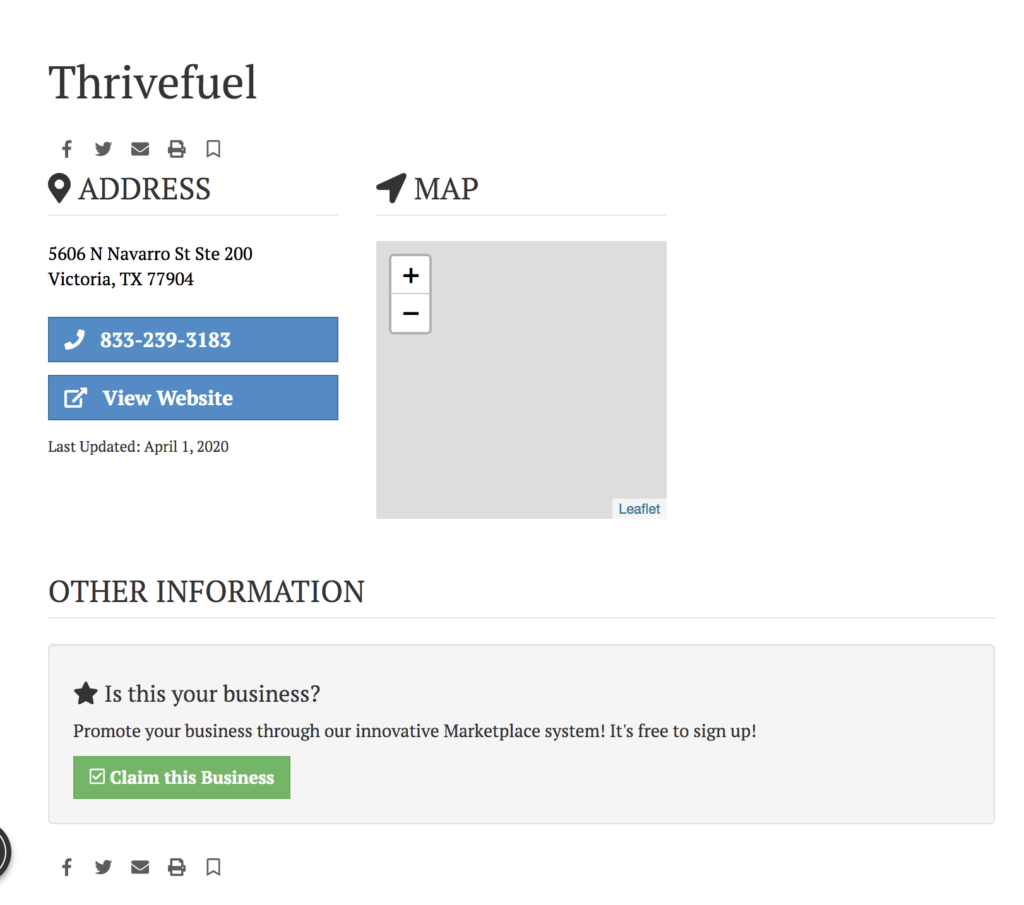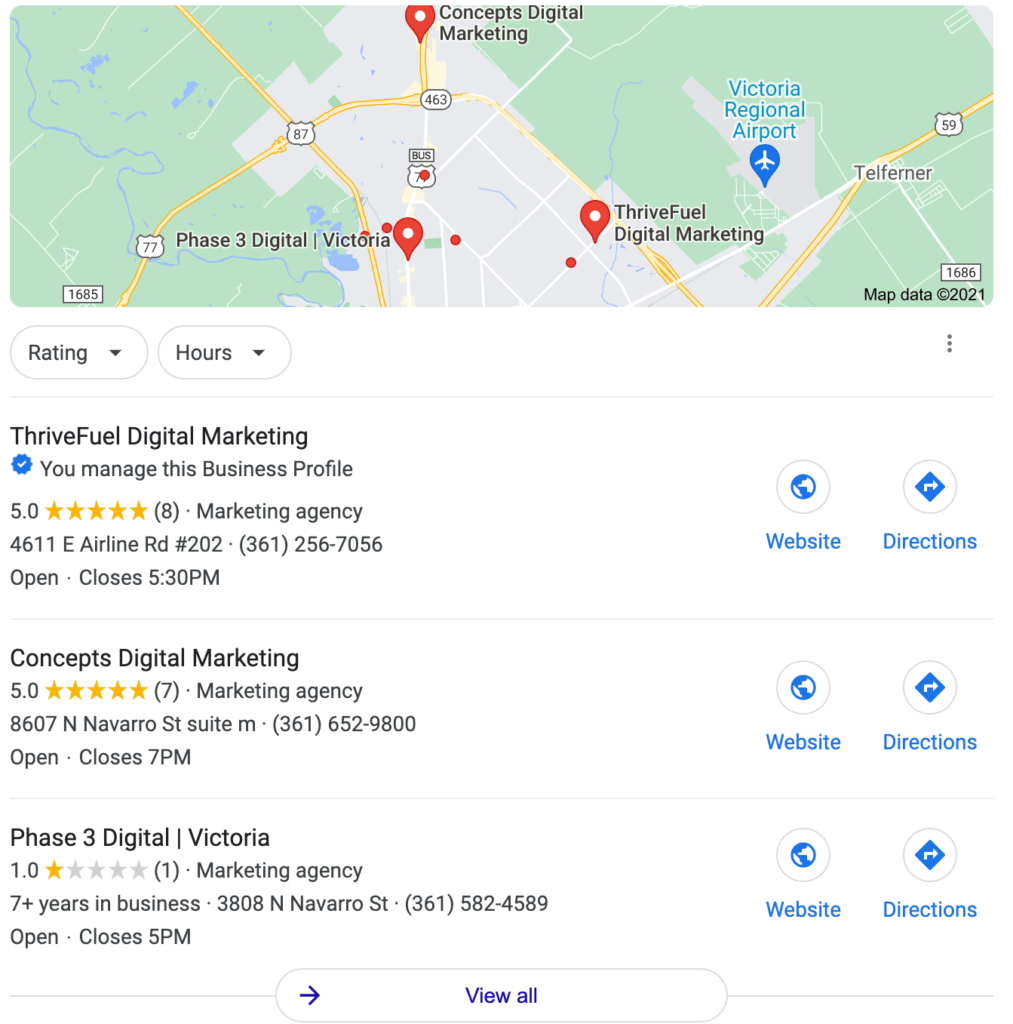If you listen to newspaper executives and print journalists around the country and beyond, you’d believe that they alone are the guardians of truth, justice and even the American way. In fact, they contend that our very democracy is at stake and America will fail if their businesses fail. “Who else will hold local politicians accountable?” “Who else will report on the city council and little league?” Even though these are valid questions, the business model of local journalism is under pressure. In fact, many say it’s all but over.
Despite all of their talk of objectivity and self-importance, what most of these folks really long for are “the good old days” or the time when the newspaper set the discussion for the community and wielded power over the local business community. But what did they do with that kind of power when they had it?
Twenty-five years ago local newspapers were essentially a license to print money. In fact, the advertising versus editorial content ratio objective was 50/50, sometimes 60/40, in favor of advertising. It was a beautiful business. However, in such fat times, most papers were able to balance “church and state” by keeping advertising leadership separate from newsroom leadership. However, now that local newspapers are on life support, this division between advertising and content has eroded or even evaporated in many instances.
For example, in our market in Victoria, TX the advertising department is run by the General Manager/ Publisher, George Coleman. Interestingly, Mr. Coleman is also in charge of the newsroom. This change was made once The Advocate could no longer afford a full-time

There is a little-known “business directory” on the Victoria Advocate’s website. It appears to be completely free with a few upgrade options. This business directory allows the business owner to claim their business listing and manage its appearance. ThriveFuel, having a Victoria location, should have a listing within their directory and in fact, it did. However, once I claimed the business and attempted to manage it the listing was removed because we’re somehow seen as a competitor.
I was informed by Mr. Coleman – again, he runs the advertising department and the newsroom – that the listing was removed. In a true show of incompetence, another employee approved the listing nearly a year later and I received an email that the listing was approved and that I could manage it. However, once I attempted to manage the listing, the tool was broken. It’s hard to tell from the outside looking in whether the broken tool was intentional or just specific to a “competitor” to the newspaper. So I queried George Coleman again. His response:
Of course, nobody really uses this little-known directory anyway. There’s no real advantage or reason for a business to worry about being listed on a newspaper website. This blog entry is simply to bring to light the way this particular newspaper would like to control public information when they’re able to do so. What does it say about an organization that would put out “free” content that is purposely altered to hide that a “competitor” exists?
Thankfully for local businesses, Google and dozens of other local business directories are heavily used by the general public and are shockingly far less biased than this example. In fact, an optimized Google My Business listing is likely even more important than your website.
ThriveFuel specialized in GMB optimization and has a proven method for attaining top three rankings.
When your business ranks in the “Google 3 Pack” as in the above example, you don’t need to worry about directories that lack traffic or use. Are you interested in reaching the “Google 3 Pack” for your business? Get our free guide here!




